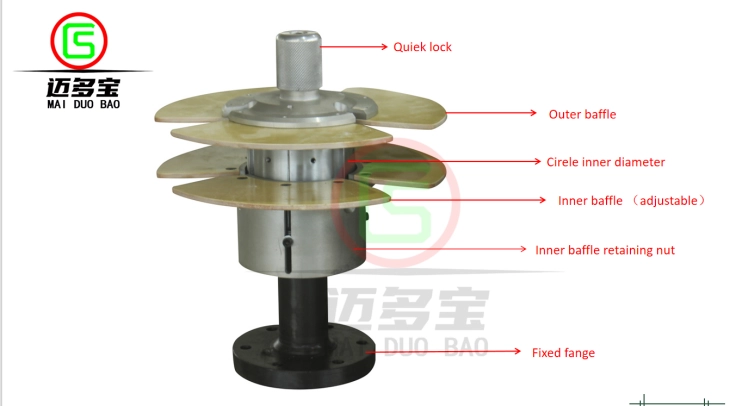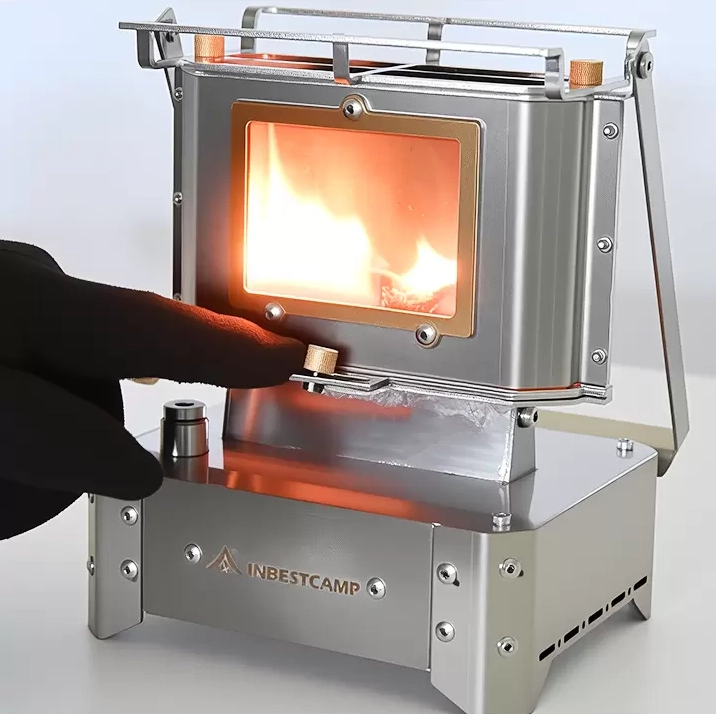PCB ic circuit board design layout tips and inspection points
In electronic devices, PCB ic circuit board is a key part of connecting various components and realizing their functions. In order to ensure the performance of the circuit board is stable, easy to produce and maintain, the design layout is crucial. This article will discuss the PCB ic circuit board design layout skills and layout after the completion of the inspection points.
PCB ic circuit board design layout tips and inspection points
First, PCB design layout skills
Functional unit layout: Layout design is carried out according to the functional unit of the circuit board to ensure smooth signal flow. Components with similar functions are placed in a centralized location to facilitate signal transmission and management.
Core components as the center: the core components of each functional unit as the center, around its layout. Ensure that components are arranged in a compact and uniform manner to reduce unnecessary leads and connections.
Consider distributed parameters: In the design of high-frequency circuits, special attention should be paid to the distributed parameters between components. Reasonable layout can reduce signal interference and loss and improve circuit performance.
Both aesthetics and practicality: on the premise of meeting the electrical performance, pay attention to the beautiful layout of components. Neat arrangement and reasonable spacing can improve the readability and maintainability of the circuit board.
Second, PCB design layout inspection points
Size check: Check whether the size of the circuit board is consistent with the requirements of the drawing to ensure the processing accuracy.
Component layout Check: Check whether the component layout is balanced and neat, and whether all components are fully laid out.
Layer conflict check: Check whether conflicts exist at all layers, such as components, outer frames, and private printing layers.
Convenience check: Evaluate the convenience of common components, such as switches, plug-in board insertion equipment, wearing parts, etc., whether they are easy to operate and maintain.
Thermal management check: Check whether the distance between thermal components and heating components is reasonable to ensure good heat dissipation performance.
Interference problem check: Analyze the circuit layout of the circuit board, consider whether there is a potential interference problem, and take appropriate measures to suppress.
By following the above PCB ic circuit board design layout tips and inspection points, you can ensure that the quality and performance of the board design is at its best. At the same time, it also helps to improve production efficiency and reduce maintenance costs.
Lianhezhongzhi
winston@lhzzsz.com





